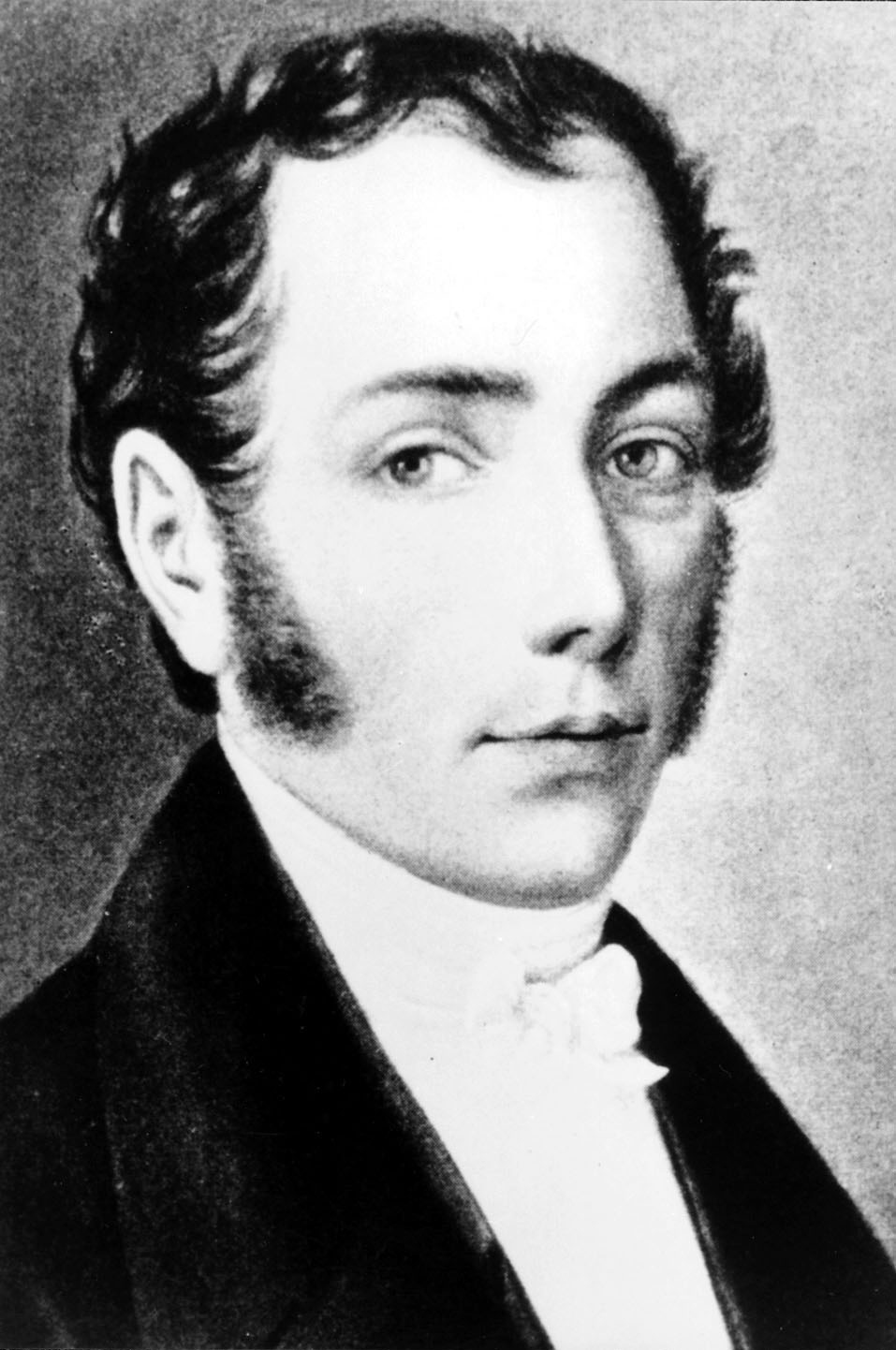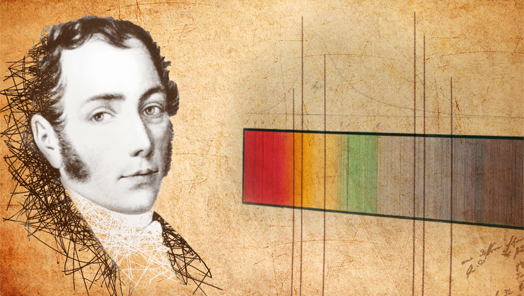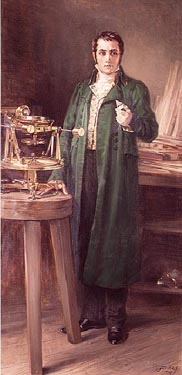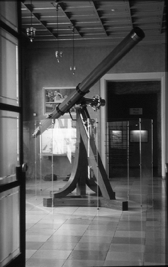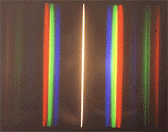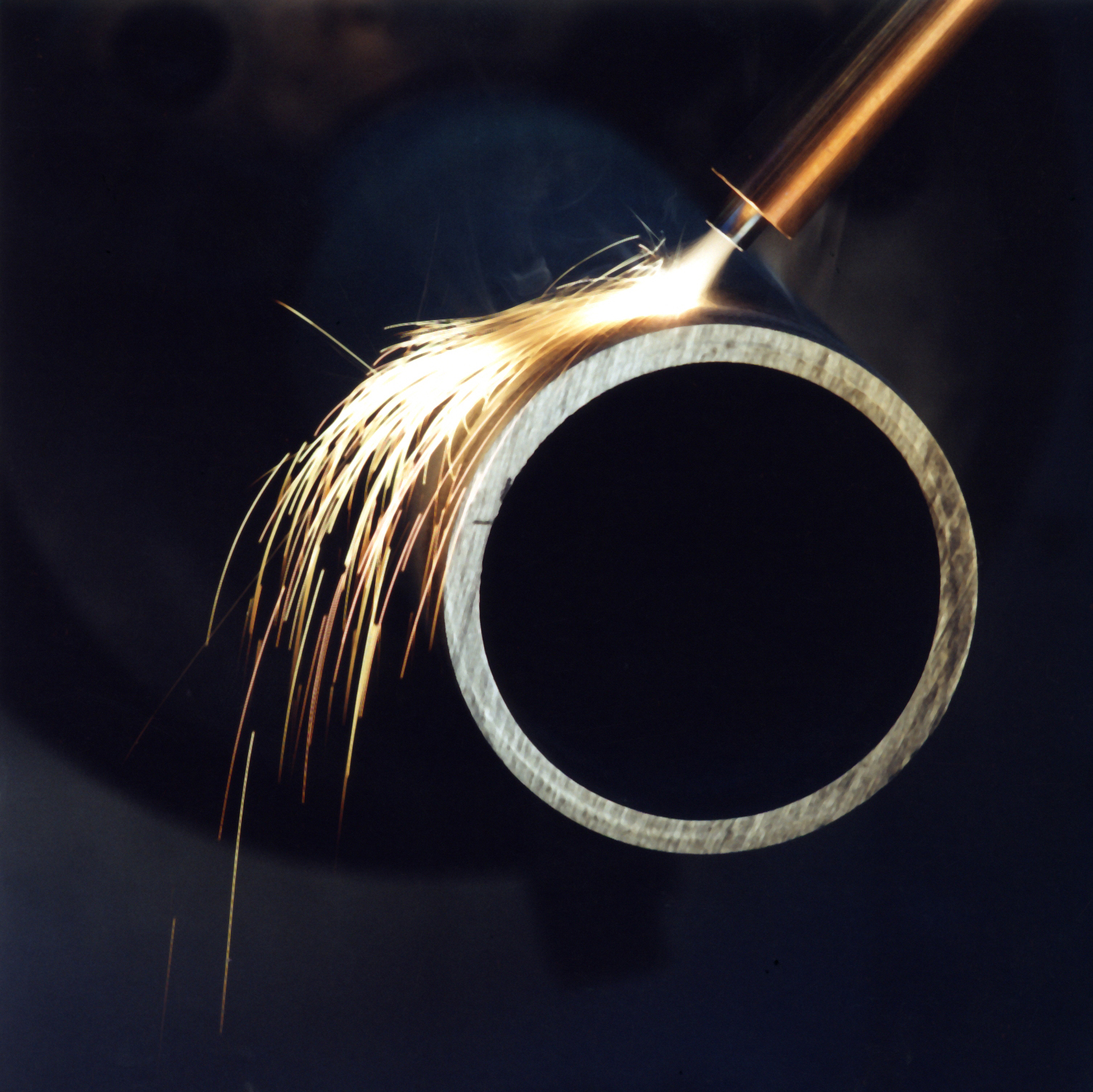Joseph von Fraunhofer has had a lasting influence on optics with his fundamental and systematic research. His accomplishments are still of great relevance today, since optical systems are widespread and crucial part of our modern world.
This is most clearly apparent in the sphere of information and communications technology. Data transmission via glass fiber represents a vast improvement in performance over the earlier cables made of copper, and a great deal more information can be stored and accessed on optical CDs using lasers than on or in any other medium. The development of the Internet shows that the volume of data transfer taking place every day is constantly increasing, and in future will only be manageable with the help of optical systems of transmission and storage. Even today´s level of media consumption has only become possible through the use of optical data systems.
Light has become a universal tool in science and technology. When concentrated in the form of laser beam, it can be used to process materials and components. Powerful laser genertators allow several meters of sheet steel to be cut per second; the suitability of laser beams to high-precision control, on the other hand, facilitates their use for storage of data or laser printing.
Optical processes are playing an ever-greater role in measurement technology. With the help of lasers, even the tiniest impurities in the atmosphere several kilometers above the Earth can be detected and diagnosed. Spectral analysis, of which Joseph von Fraunhofer laid the technical foundations, is now a standard procedure in modern laboratory work.
In microelectronics, too, another key technology, optics play an essential part. Integrated circuits involve the exposure of photosentive materials to light prior to their chemical processing. The transmission of electrical and optical signals is a crucial development area in the field of modern microsystems.
Many modern medical practices would no longer be conceivable without optical systems. In surgery, lasers are finding ever-greater favor, and advanced optical endoscopes are essential instruments in minimally invasive surgery. Micro-optical analysis devices no larger than a wrist watch allow permanent monitoring of a patient´s physiological data.
Innovative sources of light give a new dimension to optical technology. Light-emitting diodes and diode lasers are now set to supplant conventional light bulbs; their applications include monitor screens, light signals, and lighting for rooms and vehicle interiors. With their long life, low price and reduced energy consumption, these new sources of light are certain to accomplish a breakthrough before long.
Joseph von Fraunhofer´s legacy lives on. He gave a decisive stimulus to optical developments continuing apace to this day.

